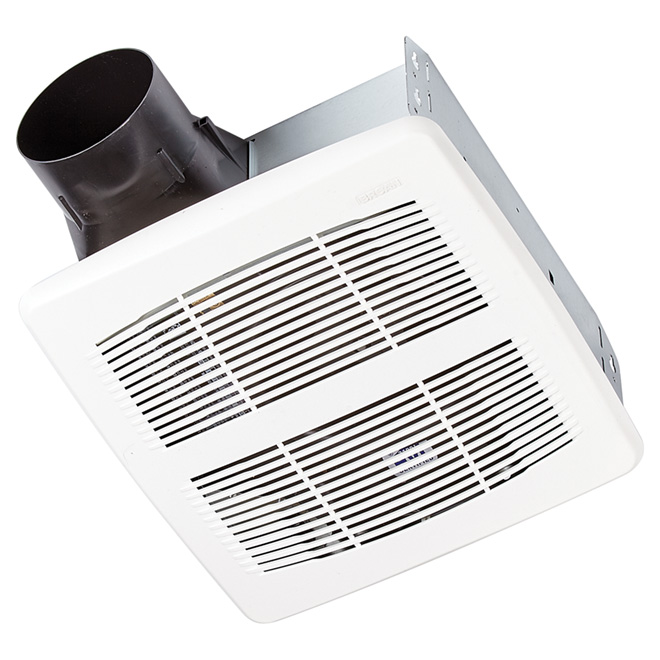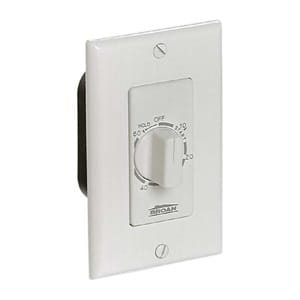Understand the needs
Ask yourself the following questions to understand your actual requirements.
- What is the total area of the bathroom?
- How many installations does your bathroom include (shower, bathtub)
- How long will the exhaust duct be?
- Should the fan be equipped with lighting?
- Will the housing be installed in the attic or in the ceiling?


















